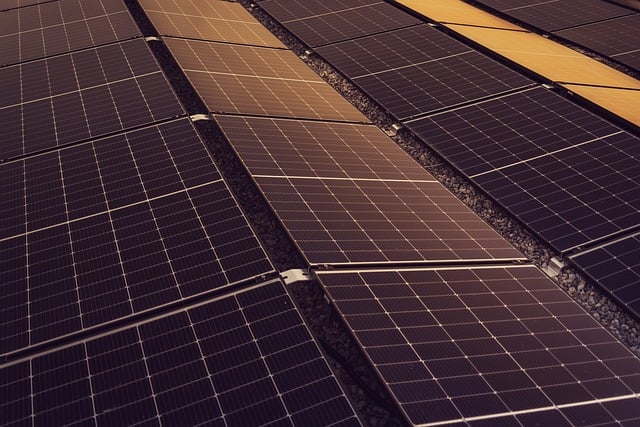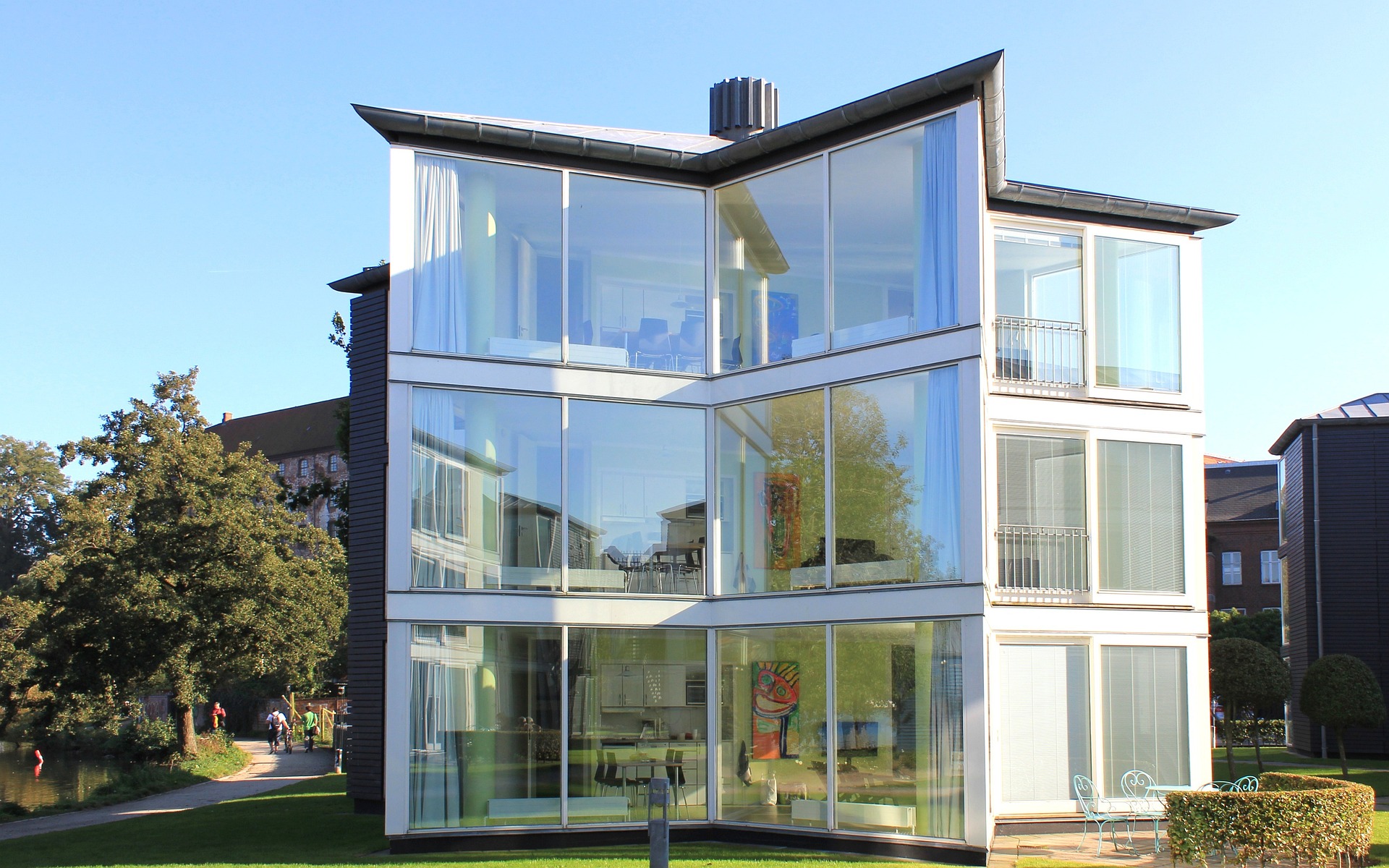Understanding Solar Systems & Panels and Their Potential Advantages
Solar systems and panels provide an alternative approach to energy generation by utilizing sunlight. These solutions may help reduce energy costs and environmental impact over time. Explore the variety of solar technologies available and how they could support your energy needs and goals.

What are solar systems and how do they work?
Solar systems, also known as photovoltaic (PV) systems, consist of solar panels, inverters, and other components that work together to convert sunlight into usable electricity. Solar panels are made up of photovoltaic cells that absorb photons from sunlight, creating an electric field that generates a flow of electricity. This direct current (DC) electricity is then converted to alternating current (AC) by an inverter, making it compatible with standard electrical systems.
How can solar panels contribute to energy efficiency?
Solar panels can significantly contribute to energy efficiency by reducing reliance on traditional power grids. By generating electricity on-site, solar systems minimize transmission losses and decrease the overall demand for grid-supplied power. This not only helps in reducing energy costs for individual property owners but also contributes to a more efficient and resilient energy infrastructure on a larger scale.
What options are available for integrating solar technology into properties?
There are several options for integrating solar technology into properties, catering to different needs and constraints:
-
Rooftop solar panels: The most common installation method, suitable for both residential and commercial buildings with adequate roof space and sun exposure.
-
Ground-mounted systems: Ideal for properties with large, open areas and limited roof space.
-
Solar carports: Dual-purpose structures that provide parking shade while generating electricity.
-
Building-integrated photovoltaics (BIPV): Solar cells integrated into building materials like roofing tiles or facades.
-
Community solar projects: Shared solar installations that allow multiple participants to benefit from a single, large-scale system.
What are the potential benefits of using solar energy solutions?
Solar energy solutions offer a range of potential benefits for property owners and the environment:
-
Reduced electricity bills: Solar systems can significantly lower or even eliminate monthly electricity costs.
-
Energy independence: Decreased reliance on the grid provides greater control over energy consumption and costs.
-
Increased property value: Solar installations can enhance the market value of properties.
-
Low maintenance: Solar panels typically require minimal upkeep and have long lifespans.
-
Environmental impact: Solar energy production generates no direct greenhouse gas emissions, contributing to a cleaner environment.
How do solar systems align with eco-friendly initiatives?
Solar systems play a crucial role in advancing eco-friendly initiatives by reducing carbon footprints and promoting sustainable energy practices. In Worldwide, many regions offer incentives and rebates for solar installations, aligning with broader environmental goals. Additionally, solar energy supports the transition towards cleaner transportation options, such as electric vehicles, by providing a renewable charging source.
What are the costs and considerations for installing solar systems?
When considering solar system installation, it’s important to understand the associated costs and factors that may influence the decision:
| System Size | Average Installation Cost | Estimated Annual Savings |
|---|---|---|
| 3 kW | $6,000 - $9,000 | $400 - $600 |
| 5 kW | $10,000 - $15,000 | $650 - $1,000 |
| 10 kW | $20,000 - $30,000 | $1,300 - $2,000 |
Prices, rates, or cost estimates mentioned in this article are based on the latest available information but may change over time. Independent research is advised before making financial decisions.
The cost of solar installation can vary widely depending on factors such as system size, location, and available incentives. While the initial investment may seem substantial, many homeowners find that the long-term savings on electricity bills, combined with potential tax credits and rebates, make solar systems a financially viable option. It’s essential to consider factors such as roof condition, local climate, and energy consumption patterns when evaluating the feasibility of solar installation for a specific property.
In conclusion, solar systems and panels offer a promising avenue for sustainable energy generation, with potential benefits ranging from reduced electricity costs to environmental conservation. As technology continues to advance and costs decrease, solar energy solutions are becoming increasingly accessible to a wider range of property owners. By understanding the workings, options, and considerations associated with solar technology, individuals and businesses can make informed decisions about integrating these systems into their energy strategies.




